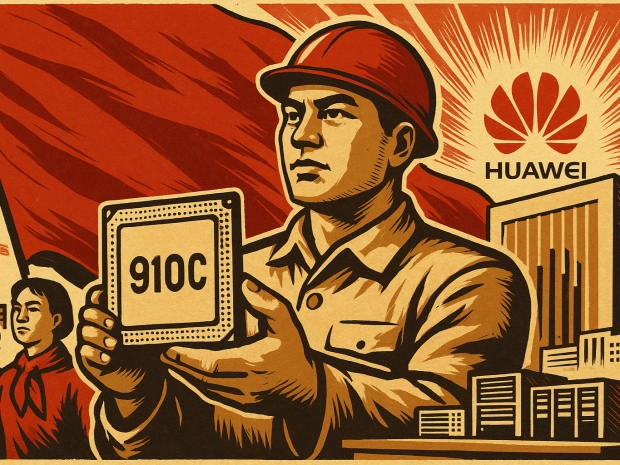The move comes at a crucial time for China’s AI sector, which has been scrambling for replacements since President Donald Trump's administration slapped fresh export licence requirements on Nvidia’s H20 chips this month. Some shipments of the 910C have already been made, with mass production now looming.
Huawei’s 910C doesn’t reinvent the GPU wheel but rather builds on its predecessor. According to sources familiar with the design, it combines two 910B processors using advanced integration methods to deliver double the computing power and memory. The improvements are evolutionary—support for broader AI workloads and better performance—but not revolutionary.
Despite the company’s predictable refusal to comment on what it calls "speculation," analysts reckon Huawei’s chip is poised to fill the vacuum created by Washington’s export bans. US authorities had already blocked Nvidia’s H100 chip from Chinese markets in 2022 before it was even launched, and now with the H20 also caught in the dragnet, Huawei’s timing couldn’t be more opportune.
Albright Stonebridge Group partner Paul Triolo said the latest US curbs will effectively make Huawei’s Ascend 910C “the hardware of choice for Chinese AI model developers and for deploying inference capacity.”
Huawei reportedly handed out samples of the 910C to Chinese tech firms late last year and has been racking up orders since. Who’s actually fabricating the chip is murky—some components are said to come from China’s SMIC, despite its struggles with low yields using a 7nm process. Other 910C units are rumoured to incorporate chips made by TSMC for China-based outfit Sophgo, though Huawei and TSMC are distancing themselves from that story.
TSMC insists it hasn’t supplied Huawei since September 2020 and says it’s in full compliance with regulations. Huawei, meanwhile, denies using Sophgo chips in the 910C and likely hopes nobody digs too deep.
With Nvidia boxed out of the mainland and local players like Moore Threads and Iluvatar CoreX still playing catch-up, Huawei’s 910C could become the new default for China’s AI ambitions—even if it’s stitched together with a little creative sourcing.




